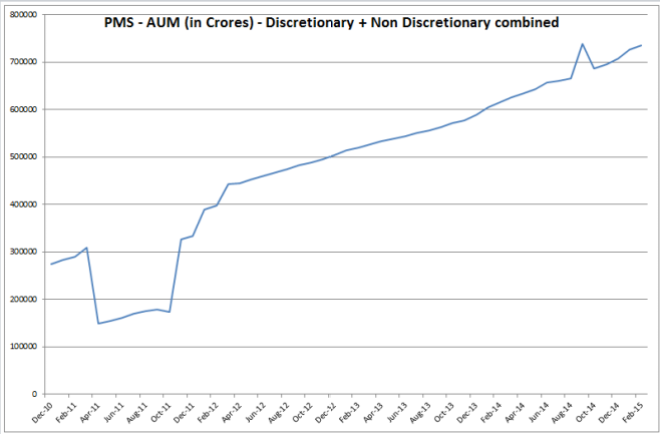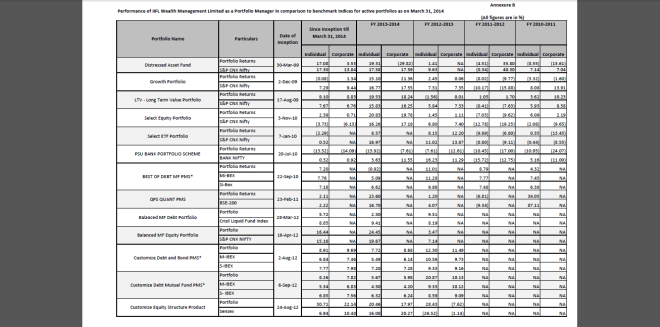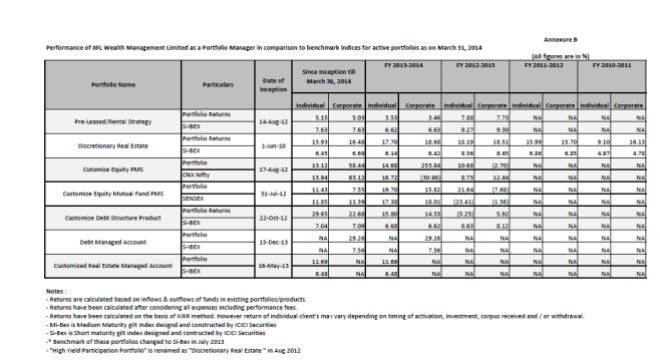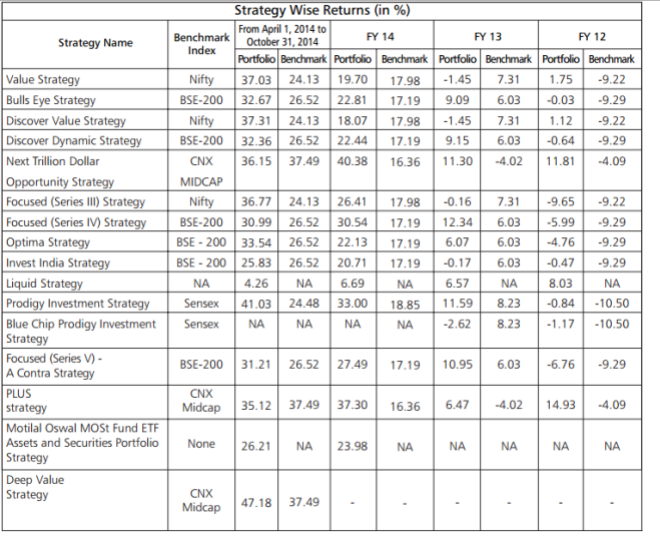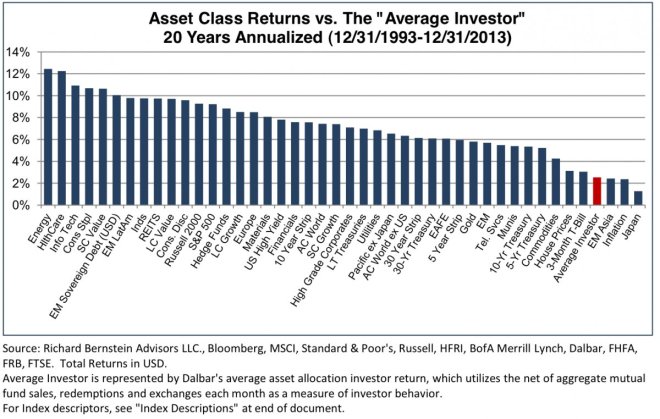One of the often repeated mantras in the world of finance is that if you don’t start saving early, you lose out on benefits in the long run. Theoretically it’s true – the earlier you start saving, the more you end up with. Just look at Warren Buffett, he purchased his first stock when he was 11 years old and look at where he is now.
I passed out of school and later college when the Infotech revolution was just starting to bloom. Most of my classmates chose to do an Engineering Degree and later joined Infotech firms. On the other hand there were a few guys like me who chose a different path. One of the poems I studied at school and love it to this day is “The Road Not Taken” by Robert Frost and it’s amazing how deep the poem goes about life in general.
Thanks to technology, keeping in touch today is much easier than in earlier days and in many ways it’s amazing the divergence in paths that most of us have encountered. But paths aren’t set in stone and as much as early saving habits are good, it doesn’t really add up when you look back over time.
One friend who did not choose to go for Science and then Engineering started with an ordinary job. His life would have been ordinary if not for a decision he made a few years down the lane. He emptied his savings, took on Debt and flew to a foreign land to get himself an MBA.
While I have no clue about the savings of my friends, I can hazard a guess that this friend of mine who chose differently both in terms of career path and later is how to utilize his meager savings is in the top quadrant vs friends who started to save early.
When I passed out, a basic Engineering Degree was good enough for being taken up by any of the Infotech companies at salaries that were at a premium to general wages. Today, even Computer Science graduates have a tough time getting jobs and even those who get the salaries aren’t as juicy as they used to be earlier. A study that came out a couple of years back said that entry level salaries at a reputed global infotech firm had remained the same for the last 10 years.
One reason is the supply and demand dynamics. Karnataka for instance had 60 Engineering Colleges in 2001. Today, it stands at 300. In addition, the number of seats that are available have increased exponentially. So much is the excess capacity that AICTE has shut down 128 engineering colleges across the country between 2016 to 2019.
Everyone has similar goals – Retirement, Kids Education, Buying one’s own house being the primary goals. Yet how much you can save in absolute terms means a huge difference in the lifestyle as well as goals one hopes to achieve.
The path most of us take in life is the result of various factors with luck playing a large role. But luck can do only so much without the right skill set. In 1996, getting an Analyst job was all about being in the right place at the right time. Today in addition to being at the right place and time, it’s also about whether you have the right skills and that generally means either a CFA Degree or an MBA. Just being passionate about investing and research in general doesn’t tend to work out great for a prospective employee.
It’s easy to preach from the high temple about the need to save more, tougher is to show how to earn more for absolute savings finally is about your earning capacity (for majority). There will always be one off cases where just saving with a low base alone was enough, but that is always the minority.

